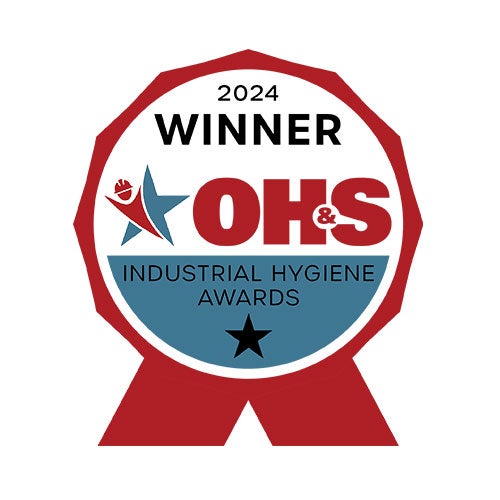Since the COVID-19 pandemic, many organizations have had to adjust to a new working environment. This adjustment has included examining business continuity plans and finding ways to minimize risks, increasing efficiency, improving sustainability, and decreasing operational costs. Rethinking operating models and merging technology with strategy has become more important than ever, and digital transformation of EHS programs continue to play a major role in how organizations move forward.
In this article, we’ll discuss:
- Why EHS organizations should utilize digital solutions
- How digital solutions and AI cuts down on costs and increases efficiency
- Compliance management through digital EHS solutions
AI and Digital Transformation within EHS
Often, operating with a business-as-usual mindset can feel safer, but digital transformation is exactly what can help organizations navigate these challenging times as it can help them accomplish goals with fewer resources.
With digital transformation, organizations can automate and streamline their work processes, reduce their reliance on spreadsheets, and introduce AI into EHS programs. Doing so, allows organizations to efficiently and cost-effectively manage the growing burden of compliance from anywhere and at any time, which is especially important as more employees are working remotely.
Additionally, organizations that don’t invest in new technology risk getting left behind by competitors. For EHS teams, investing in technology is especially important as they face greater visibility into their environmental performance and look to maintain a healthy and safe working environment.
Digital Transformation for EHS Compliance Management
One area where EHS organizations greatly benefit from digital transformation is in regards to compliance. Globally, the industry sees a 50 percent increase in regulations every five years. With that kind of disruption to compliance programs, slow, error-prone, and inconsistent manual processes won’t cut it. As if that’s not challenging enough, compliance also requires costly deconstruction of permits, regulations, and standards into individual requirements, and different owners at each stage of the compliance process have to manage hundreds of overlapping regulatory changes.
Check out our eBook, 5 Steps for Creating Business Value With Your Environmental Data
However, with compliance automation, data shows that a single EHS professional can work 100 times faster and 10 times more cost effectively while accomplishing the same amount of works as 10 colleagues. In one month, the typical EHS professional can read and deconstruct about 2,000 pages, but with the increased productivity from technology, that EHS professional can focus their attention to more strategic efforts.
Once the EHS professional can efficiently collect data, they can better track trends, such as emissions output. This gives an EHS team a clearer understanding of what’s causing those changes over time, so they can address any potential issues.
Learn More About Digital Transformation and Compliance
To learn more about how digital transformation can help your organization remain compliant as legislation evolves, watch our webinar, Emissions Compliance In The ESG Age: Essential Technology Solutions.














